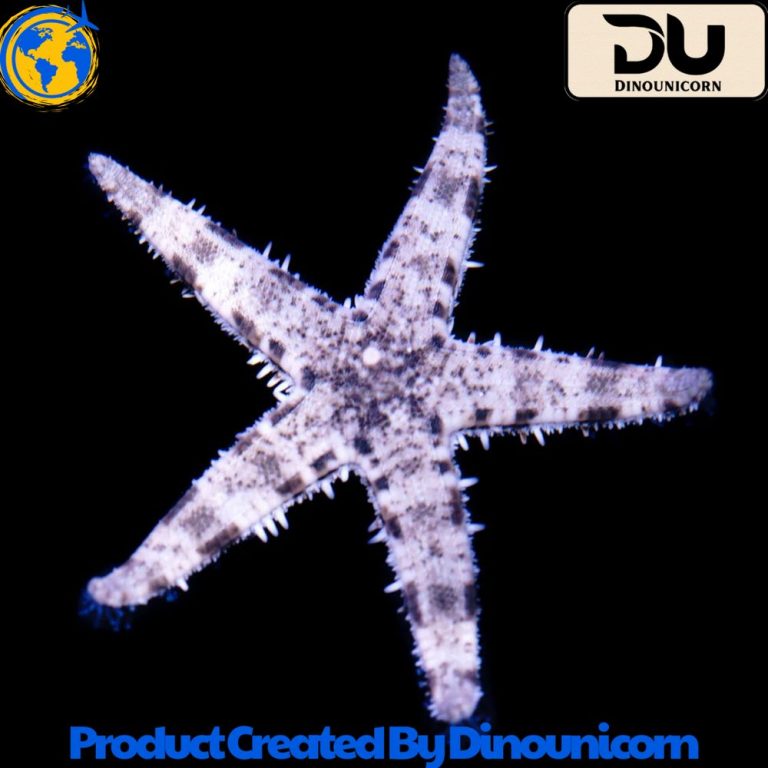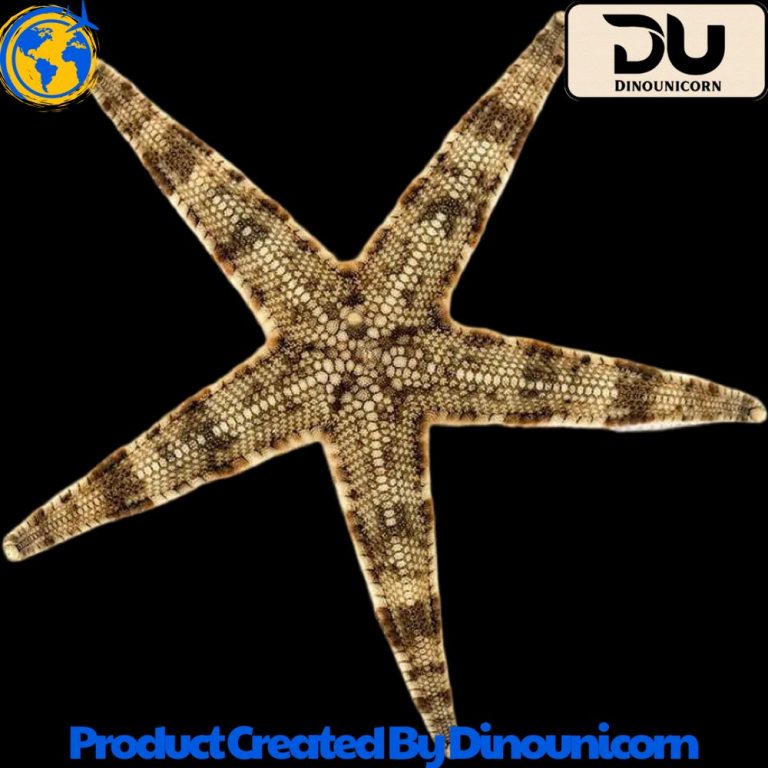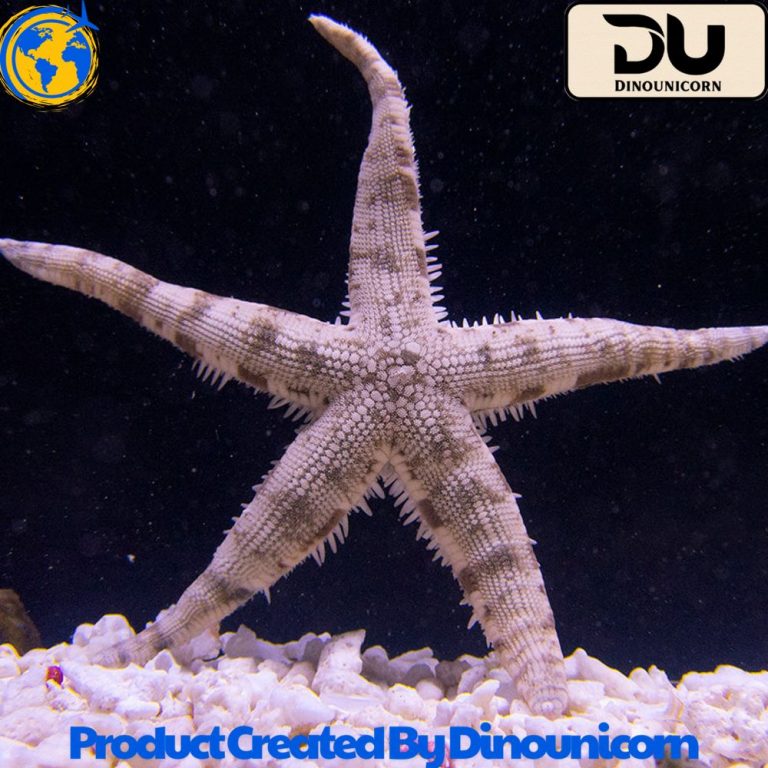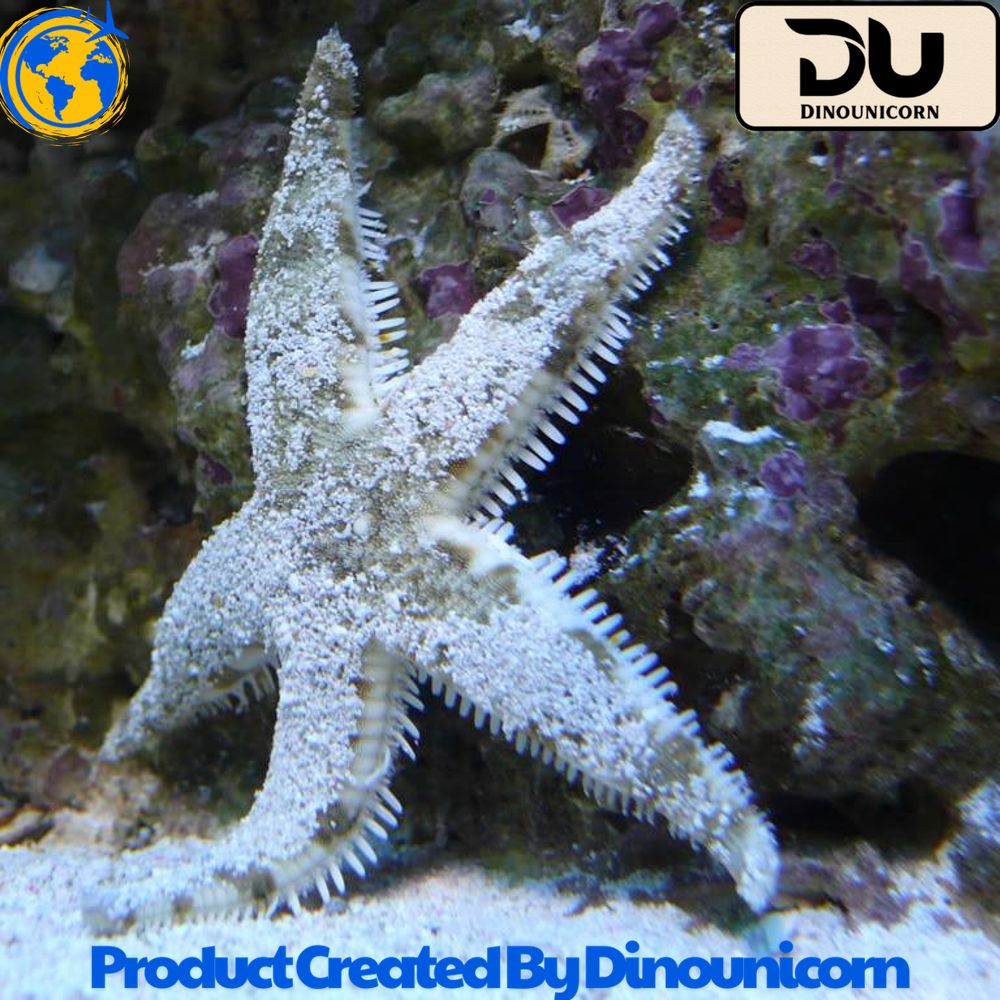Blog
What Do Sand Stars Eat?
What Do Sand Stars Eat? Understanding the Diet of Sand Stars in Marine Ecosystems
Sand stars, also known as sand sifting starfish, are fascinating creatures that play a crucial role in maintaining the balance of the marine food chain. Whether you are a marine enthusiast or aquarium pet owner, understanding what these starfish consume can help you better care for them, especially when maintaining a healthy aquarium or reef tank. In this article, we will explore their diet, feeding behavior, and how you can create the best environment for them to thrive. Let’s dive into the world of sand stars and discover what they eat, how they feed, and why they are vital to marine ecosystems.
What Do Sand Stars Eat?
The sand star (often called sand sifting starfish) is a type of sea star known for its distinctive feeding patterns. These creatures primarily feed on organisms found in the sand substrate of the ocean floor. They are opportunistic feeders and consume a variety of benthic organisms, detritus, and other small invertebrates. In their natural environment, sand stars thrive by using their unique sifting abilities to collect organic matter buried in the sand.
Sand Star Diet: Food Sources and Feeding Habits
Sand stars are known for their feeding method called sifting sand, which allows them to filter small organic particles from the sediment. Their diet typically includes:
- Detritus: Organic matter that accumulates on the ocean floor.
- Benthic organisms: This includes small crustaceans, mollusks, and worms that live within the sand.
- Brine shrimp: A favorite food source that provides essential nutrients.
Sand stars often feed at night, using their tube feet to sift through the sand and collect food particles. This behavior is called spot feeding, where they focus on specific areas where food is abundant.

What Sand Stars Feed On in the Wild
In the wild, sand stars are primarily found in coastal regions and seafloors with soft, sandy sediments. They feed on a wide range of invertebrates such as brine shrimp, worms, and small crustaceans. These creatures use their specialized sand sifting behavior to access their food, which helps keep the ecosystem balanced by preventing overpopulation of certain invertebrates.
The diet of sand stars also contributes to maintaining the health of coral reefs by controlling the populations of smaller organisms that might otherwise disrupt the reef system. Their ability to sift through the sand and consume detritus also helps maintain water quality by removing excess organic matter.
Sand Star Food Sources in Aquariums and Tanks
When it comes to aquarium care, providing the right sand star nutrition is essential for their survival and growth. In aquariums, sand stars rely on similar food sources as they do in the wild, but there are some important adjustments to consider. Since the natural environment of sand stars is hard to replicate in a tank, aquarium owners must ensure that they have access to food such as:
- Brine shrimp or other frozen marine foods.
- Sifting starfish food (often available at aquarium stores).
- Small fish or invertebrates that may fall to the bottom of the tank.
Regularly adding a good quality sand substrate is also important, as it enables sand sifting starfish to carry out their feeding behaviors and promote the health of the tank.

Tank Care: Providing Proper Nutrition for Sand Stars in Reef Aquariums
To properly care for sand sifting starfish in your reef or aquarium, ensure the tank includes a well-maintained sand substrate where they can carry out their natural sifting behavior. You can also supplement their diet with additional detritus or specialized foods for starfish to keep them nourished and healthy.
Regular monitoring of your tank’s water quality and ensuring a balanced diet will help the starfish thrive. Adding small invertebrates as a source of natural food is also beneficial.
Sand Star Prey: What Do Sand Stars Hunt?
Sand stars feed on a variety of small prey items, and they are excellent at locating these hidden creatures using their specialized sifting technique. Their primary prey consists of:
- Benthic organisms, such as worms and crustaceans.
- Mollusks, which are often found buried in the sand.
- Small marine life, like brine shrimp and planktonic organisms.
What Do Sea Stars Eat?
While sand stars and other sea stars (like the long-spined sand star) have different feeding strategies, they share many common prey items. Sea stars are opportunistic feeders, and depending on the species, they may feed on:
- Corals
- Clams
- Mussels
Benthic Organisms Eaten by Sand Stars
The majority of a sand star’s diet is composed of benthic organisms that live within or on the sand. These include small worms, mollusks, and other tiny creatures that reside at the ocean floor. By consuming these organisms, sand stars help regulate the populations of these species, ensuring the marine ecosystem remains balanced.
Sand Starfish Eating Habits
The unique feeding behavior of sand starfish involves spot feeding where they focus their efforts on areas with the highest concentrations of food. They typically use their tube feet to dig through the sand substrate, exposing small organisms such as brine shrimp, worms, and mollusks.
Sea Star Feeding Behavior
In the broader category of sea stars, each species has its own specific eating habits. Some species are scavengers that feed on dead or decaying organisms, while others, like sand stars, actively hunt small marine life. The starfish diet varies significantly across species, but the main focus is on invertebrates and organic matter found in the sand or on rocks.

Marine Food Chain and Sand Star Nutrition
In the marine food chain, sand stars serve an important role by helping to control the populations of smaller invertebrates and detritus. By feeding on detritus, they help break down organic material, recycling nutrients back into the ecosystem. This process contributes to the health of the ecosystem by ensuring that excess organic matter doesn’t accumulate, potentially leading to harmful imbalances.
Sand Stars and Their Role in the Marine Ecosystem
The sand star’s feeding behavior helps maintain the health of the reef and coral systems by controlling the number of small prey organisms, thus preventing overgrazing or competition for resources. Their diet of invertebrates and detritus helps maintain a clean, balanced environment in their habitat.
Care and Feeding of Sand Stars in Aquariums
Proper care for sand stars in your aquarium or reef tank involves providing a stable environment where they can engage in their natural sifting behavior. Regular sand sifting and the addition of supplemental foods like brine shrimp are essential for their diet. Here are a few tips for keeping them healthy:
- Maintain a clean sand substrate to allow the starfish to sift properly.
- Feed them frozen brine shrimp or specialized foods.
- Monitor the health of your tank and water quality.
Starfish Eating Patterns in Reef Tanks
In a reef tank, sand sifting starfish may interact with other organisms, so it’s essential to ensure they are not outcompeted for food. Regular feeding and monitoring the health of all tank inhabitants will keep the ecosystem balanced.
Sand Dollar and Sea Star Feeding Habits
Though sand dollars and sand stars share a similar appearance, their diets are somewhat different. Sand dollars feed primarily on plankton and organic detritus from the water column, while sand stars focus on sifting through the sand to consume benthic organisms and small invertebrates.
Conclusion: Understanding Sand Star Predation and Care
In conclusion, understanding what sand stars eat is essential for their care and conservation in aquariums and reef tanks. These fascinating creatures play a critical role in the marine food chain by feeding on a variety of organisms, from benthic organisms to detritus, and maintaining the health of their environment.
Frequently Asked Questions (FAQs)
1. What do sand stars eat in an aquarium? Sand stars in aquariums typically eat brine shrimp, small invertebrates, and detritus found in the sand.
2. How do sand stars feed? Sand stars feed by sifting sand and using their tube feet to collect organic material and small organisms from the ocean floor.
3. What is the role of sand stars in the marine food chain? Sand stars help control the population of small invertebrates and prevent the buildup of excess organic matter, contributing to a healthy marine ecosystem.
4. Can I keep a sand star in a reef tank? Yes, sand stars can thrive in reef tanks if you provide proper care, including a clean sand substrate, and ensure they have access to enough food sources like brine shrimp and detritus.
5. Do sand stars eat detritus? Yes, sand stars often consume detritus along with small marine organisms, helping to clean the ocean floor and maintain a balanced ecosystem.
For more information on caring for marine life in your aquarium, visit our Aquarium Care section.
 Skip to content
Skip to content

